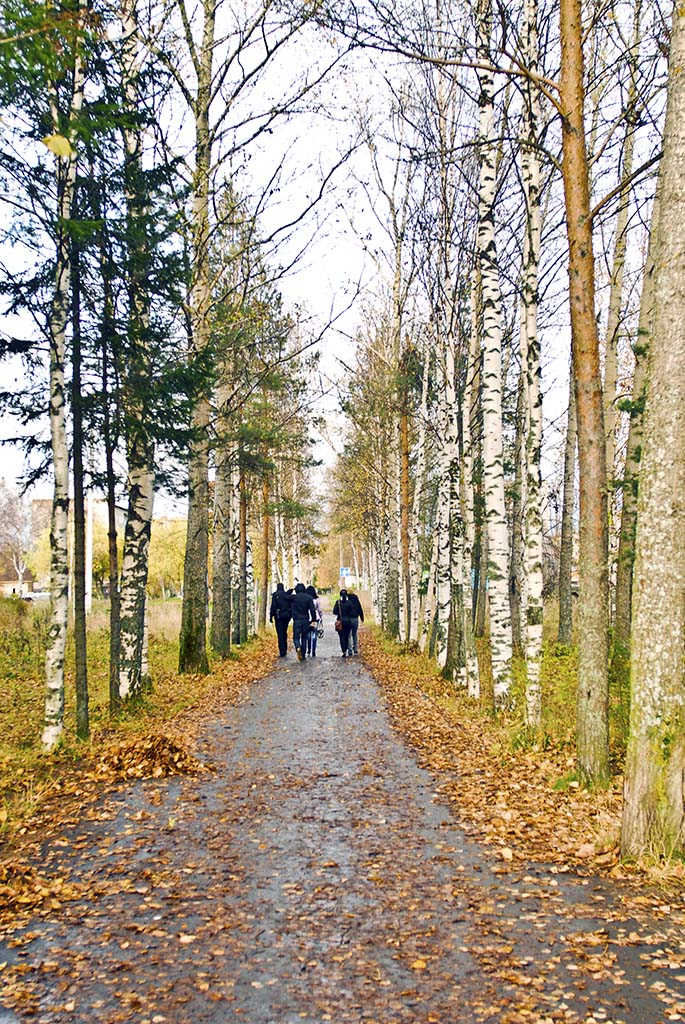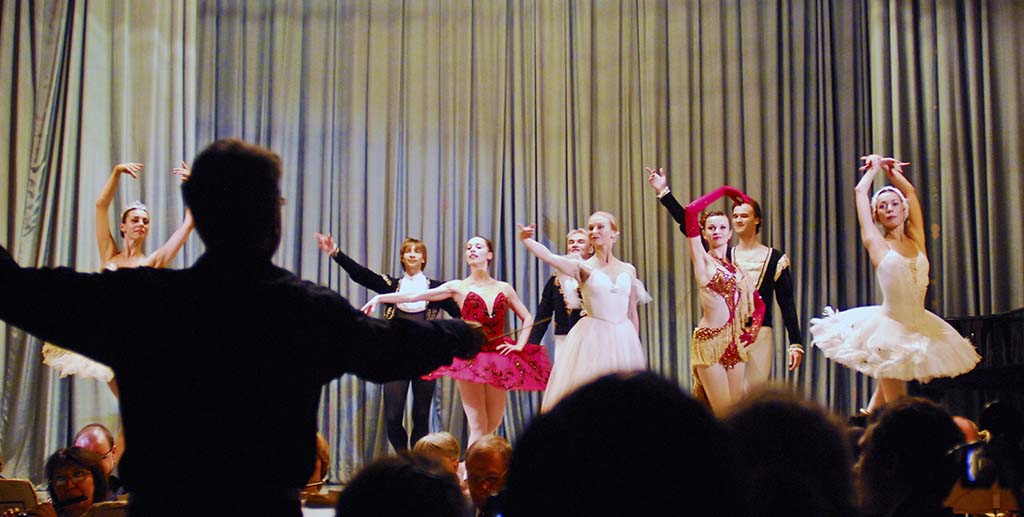
On the eight lane highway, traffic is moving as normal in and out of central Moscow—at a pace that would make a snail seem speedy.
There’s no accident, no road work, not even a government bureaucrat’s motorcade holding up the queue of idling cars; it’s just the reality of driving any time and any place in Moscow.
In other cities there might be horns honking and angry drivers cutting from lane to lane to try to get an edge on the competition. But from the window of the bus taking passengers from Scenic Tsar on a shore excursion, I notice the drivers are placidly taking the commuting crawl in stride. They’re puffing on cigarettes and texting on smart phones and braking to let exiting drivers cross in front of them.
It’s a reflection of the resilience and infinite patience that’s part of the Russian spirit. Through years of war, famine and repressive government, Russians have learned to go with the flow. As we were to discover, they not only manage to get in a day’s work despite their long commutes, they still feel like singing and dancing in the evening.
This is first of three days of complimentary shore excursions from Scenic Tsar before we sail on some of Russia’s famed rivers to St. Petersburg. We’re getting an overview of the capital that’s become remarkably capitalist in the 10 years since I last visited it. And it’s infinitely more dynamic and appealing than when I experienced it two decades ago under the Communist regime, when the roads seemed almost empty by comparison to the modern bustle.
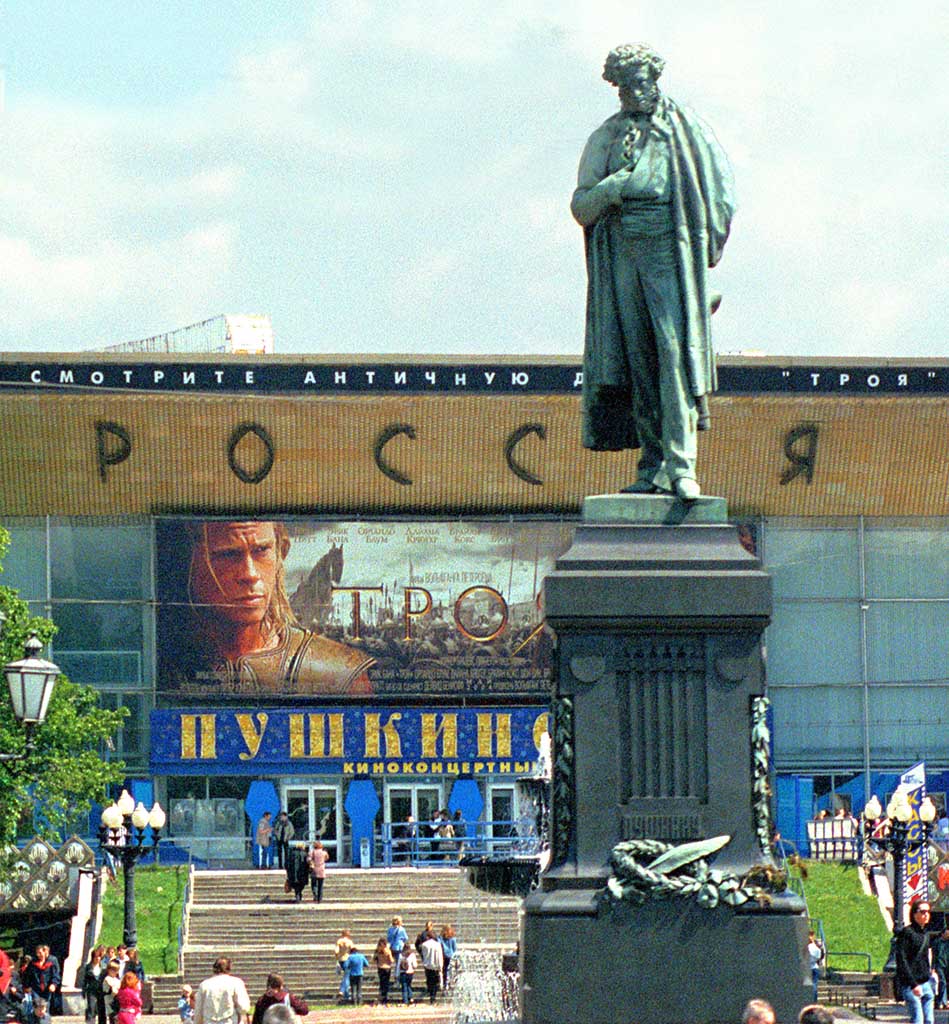
Our day of tours might have fallen way behind schedule but it went like clockwork thanks to the experienced guides and drivers of Scenic Cruises, a division of one of Europe’s largest tour companies.
Arty–who will be our escort through the entire 12-day cruise—explained that Moscow has grown beyond the carrying capacity of its roads. Officially the urban population is 12 million but estimates range over 15 million if you count all the undocumented workers who have come from poorer eastern European countries to find jobs that are amply available in the big city. As soon as Russians can afford to buy a car, they spend as much time as they can driving it.
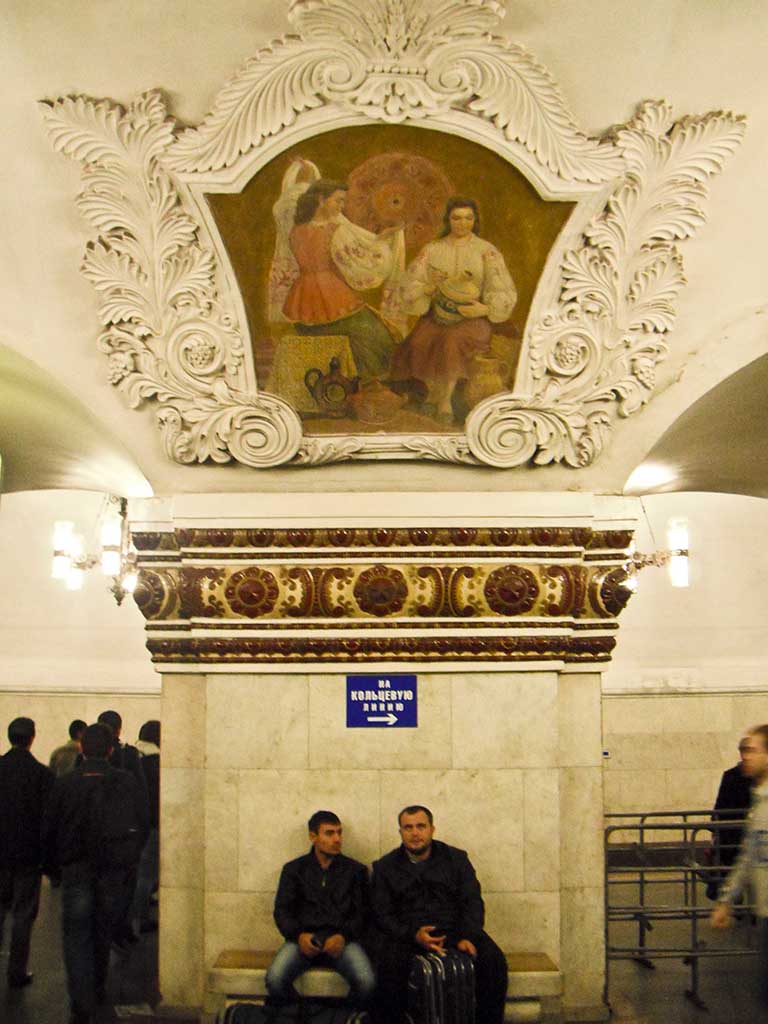
Those who really have to get anywhere on time still depend on riding the extensive and inexpensive Metro subway system, which is our first tour stop. To handle throngs of passengers, trains run on a schedule only a minute or so apart. We quickly learn the importance of speed in getting on board. As soon as the subway train doors open and people spill off and you have less than 10 seconds hop in because the doors will be closing.
Our group gets off at each stop on the route, to appreciate the diverse architecture and artwork that decorates each station. There are still great throwbacks to the era of propaganda art on the walls: murals of peasants dancing, soldiers bravely heading off to battle and farmers bringing in the sheaves. The stations are one of the few places any more that you’ll see the hammer and sickle and red star symbols of the Soviet era.
Our next stop is Arbat Street, a commercial district that’s become a pedestrian mall whose shops are brimming with goods—in striking contrast to the days under the late Communist regime when shelves were often bare.
After a lunch at the century-old Writer’s Club, we head for the infamous Red Square whose landmarks are the remarkably decorative St. Basil’s Church and the massive red wall of the Kremlin.
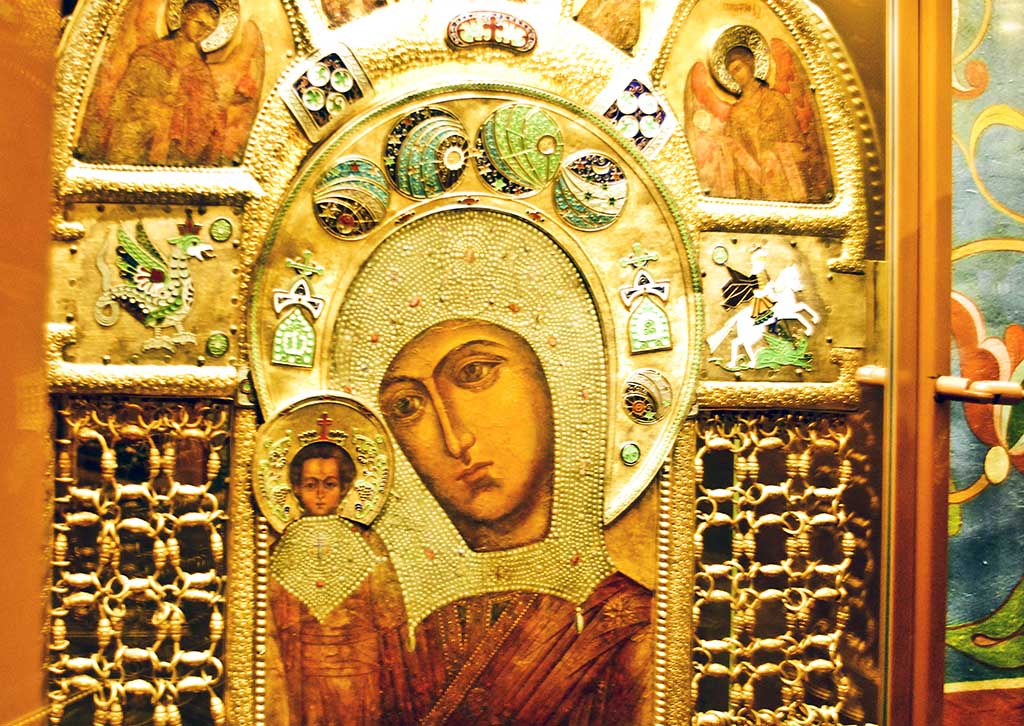
Inside St. Basil’s, we got our first taste of what the schedule promises will be many historic Russian Orthodox churches with floor to ceiling murals and icons. Despite the size of St. Basil’s, I was struck by how tiny the many individual chapels inside really are.The acoustics are phenomenal and a tiny room seems like a concert hall when we’re treated to songs from an angelic male choir.
Then we have free time to wander the famed GUM department store at the edge of Red Square, which has once again become a showplace of capitalism. The couture factor in the show windows of the fashion stores on the main floor is higher than I’ve seen even in Paris. Its food halls are brimming with luxury products from around the world.
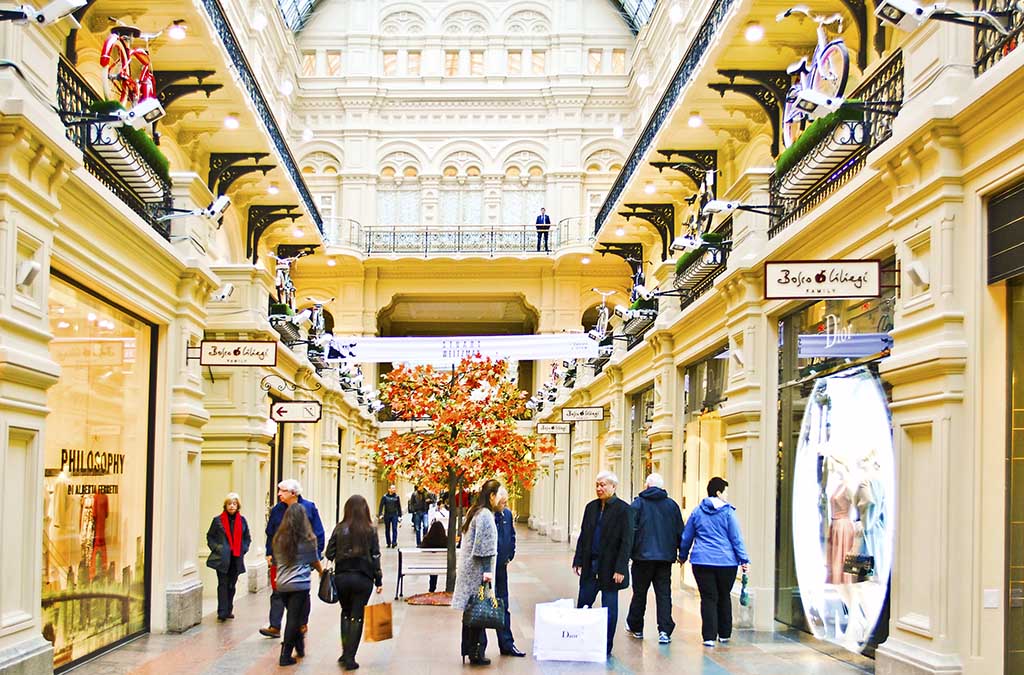
It’s been a long day so it’s time to re-board the bus for the slow but steady drive back to the ship docked north of the city. There we have a vodka toast to what is only the start of our journey to experience the new and old Russia.



